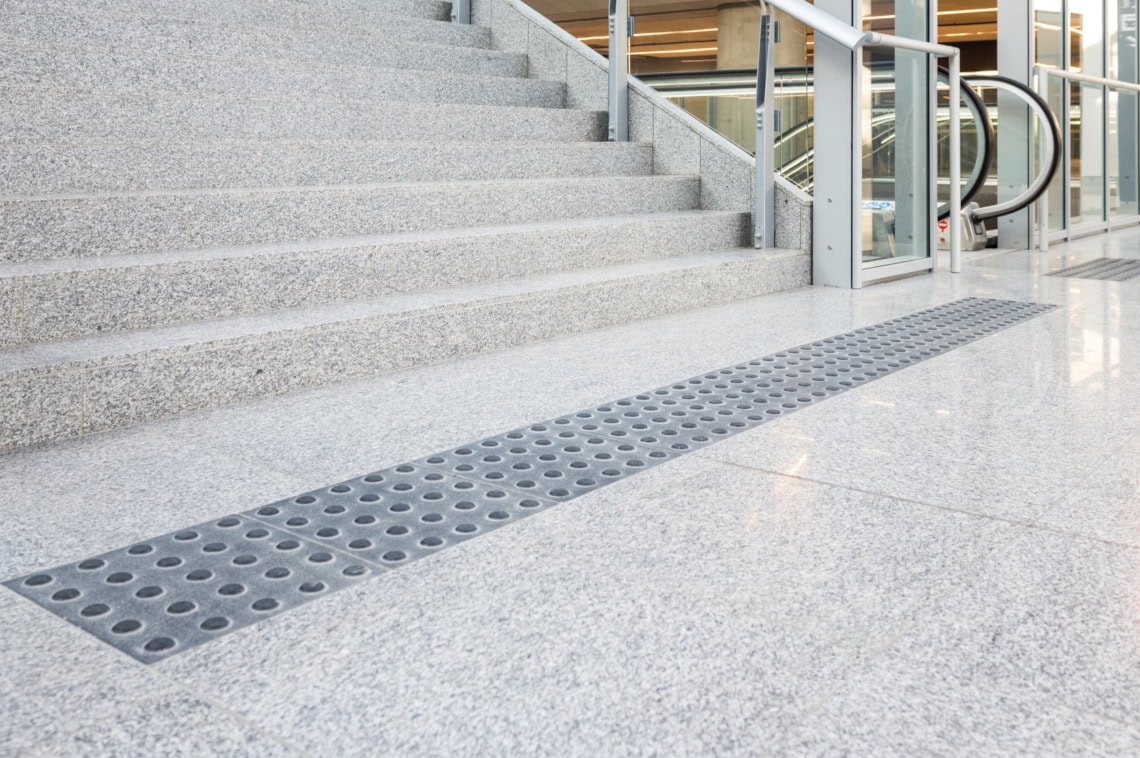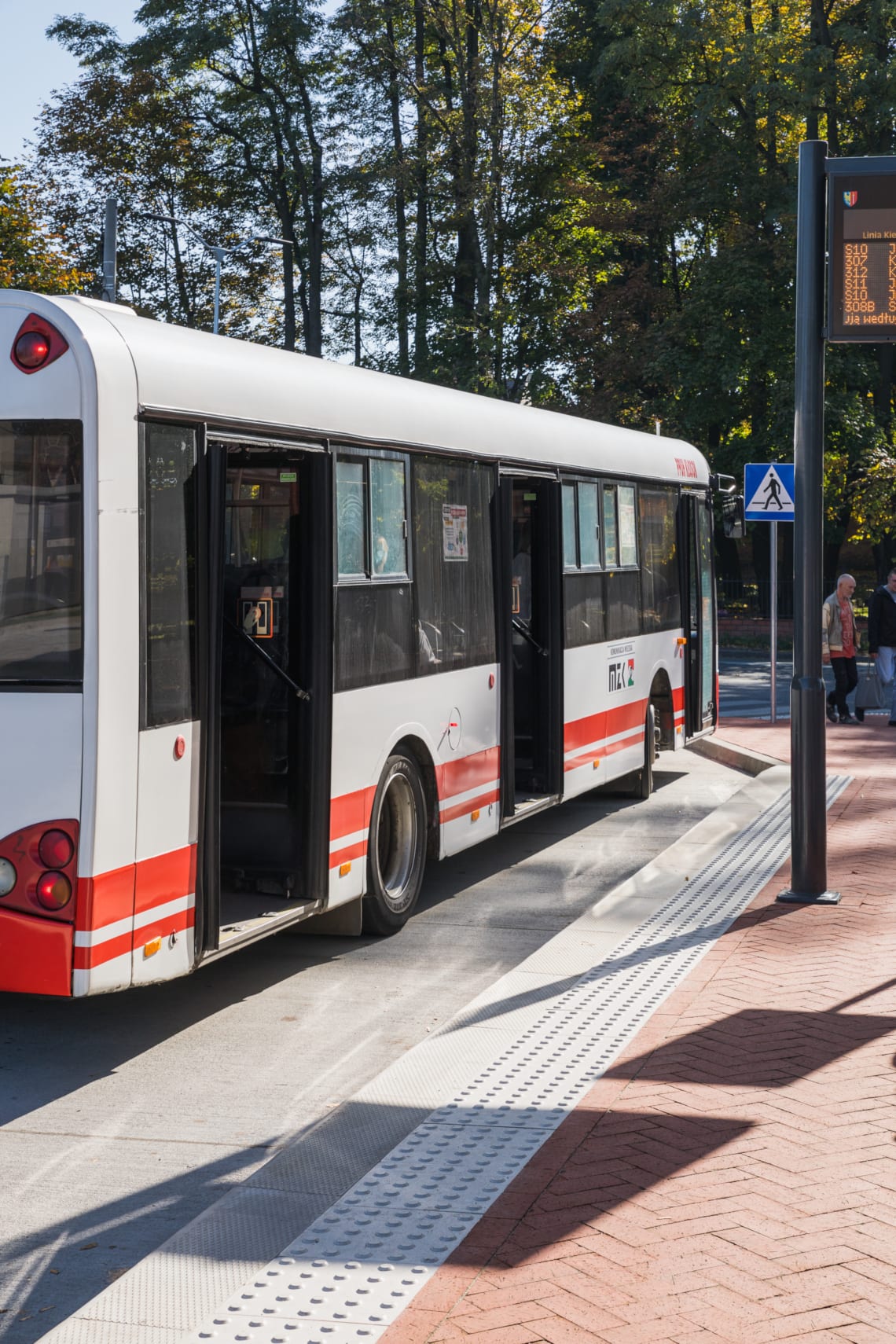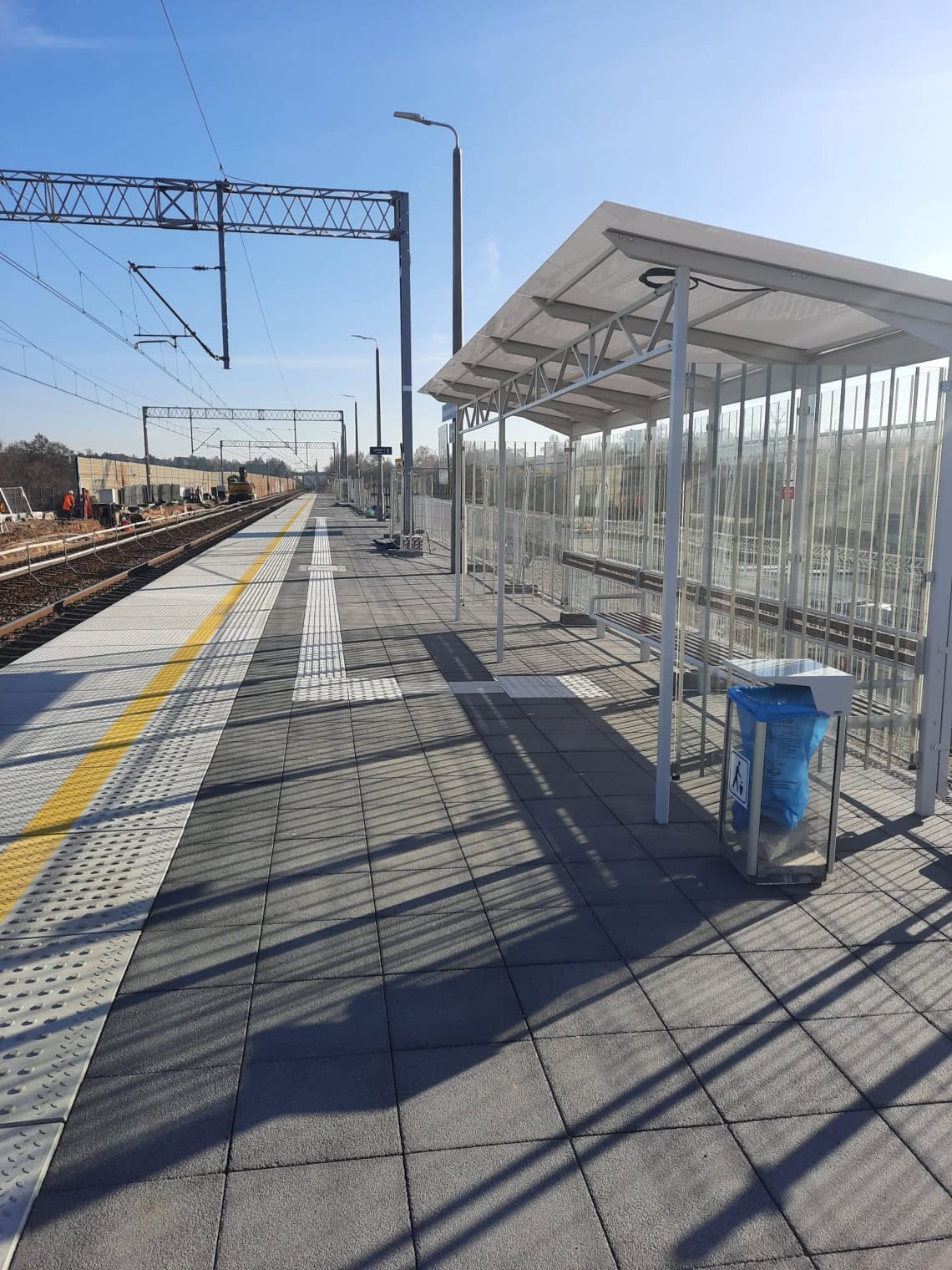
Designing functional public space requires adapting the design to the needs of non-disabled people, as well as those with disabilities, m.in. for the blind and visually impaired. This makes it possible to create an area that is accessible to the whole of society and in which all its inhabitants can move.
In order to create an appropriate public surface such as a railway platform, bus and tram stop, pedestrian crossing or intersections , special lines with convex protrusions should be installed on them, which facilitate the movement of people with visual disabilities.
In this article, we will suggest how to adjust the design of a public facility to ensure safe movement around the urban space for the blind and visually impaired.
Horizontal markings for the blind have a significant impact on their social activation
Convex elements felt under the feet are an important element for moving around in urban space for people with visual disabilities. By using them in a public utility area, we can make it an area accessible to all its residents.
Such markings make it possible for blind and visually impaired people to safely use various types of areas in public places. Such ready-made solutions also contribute to the social activation of people with disabilities.
Correctly made and installed (in accordance with the rules of placement based on legal regulations), warning signs facilitate everyday movement, while providing greater independence and self-confidence for visually impaired people when using urban space. As a result, such paths remove communication barriers for people with disabilities.
What information can horizontal markings for the blind convey?
Convex guide lines, which are installed in specific places outside and inside buildings, increase safety and inform about potential danger.
They are an important carrier of information for the blind person, m.in. about changes in the direction of movement, stairs or bends appearing in the area. They are installed in the same way as the communication path, so that blind and visually impaired people can move around them without major problems.
The convexity of the bumps and pins with which the tactile surface forming the communication route for the disabled is well felt by the white cane and at the same time does not pose a problem for people in wheelchairs.

What elements can a tactile path for the blind consist of?
Tactile paths mounted on paving slabs, curbs, sidewalks or inside public facilities are specially developed systems of convex elements.
For healthy people, they resemble an inconspicuous sequence of dots or stripes, and for people with disabilities, they are an important landmark that ensures safety.
There are two basic types of markings: guiding elements and focus areas. Mandrel-mounted guide elements guide and show the way. They are parallel running, convex lines.
Attention fields, on the other hand, are warning and information elements that are installed in places where there is a change in traffic organization or some danger, e.g. at a road intersection or a threshold.
In order for tactile paths to offer safe movement in public space to people with disabilities, they must be used in combination with other amenities, e.g. typhlographic plans, sound signalling or curb ramps.
Are the signs for the blind made of plastic? Are they durable?
Markings on the tactile paths can be made in a variety of technologies and materials. However, in order for their installation to be durable and serve in public space for years, it is worth opting for markings made of noble concrete.
Concrete elements provide extraordinary durability and resistance to adverse weather conditions, mechanical damage, cracks or high pressure. So you can successfully mount them outdoors or in places where there is a lot of traffic.
By using noble concrete to design a durable and functional path of signage for the blind and visually impaired, we can be sure that it will serve in the urban space for many years, without the need for frequent repairs or maintenance. So it is the best possible choice.

Guide strips and other markings can be aesthetically integrated into urban space
Signs for the blind not only ensure safety, but can also be an important aesthetic element in urban space. With the right design and the use of high-quality materials such as architectural concrete (noble), they can be integrated harmoniously and attractively into the surroundings.
Aesthetic signage and guide strips, placed in urban space, can therefore not only improve safety, but also be a valuable design element that gives character and a unique look to a given place.
When designing the space, it is worth taking into account the placement of signs for the blind
Designing public space accessible to all residents and tourists requires an appropriate approach. Already at the planning stage and the first design works, it is worth paying attention to the placement of markings for the blind, which will not only ensure their safety, but also facilitate orientation in the environment.
For this purpose, it is best to familiarize yourself with the legal regulations, which precisely define the rules for creating public spaces available to everyone. And then place the necessary signage and other landmarks in the architectural design.
Paths for the blind and visually impaired by DASAG
DASAG offers paths for the blind and visually impaired, which can become a safe and aesthetic element of a public utility project.
We make every effort to ensure that the noble concrete products we design are of the highest quality and serve in space for many years. We also take care of the appropriate design of our products so that they can perfectly blend in with modern architecture.

